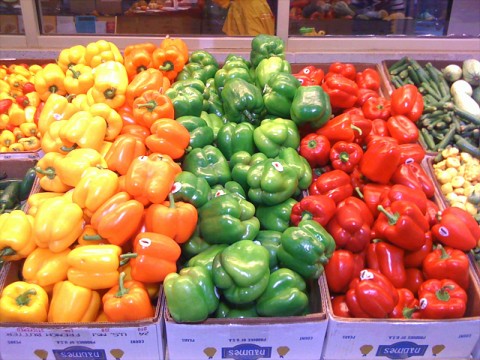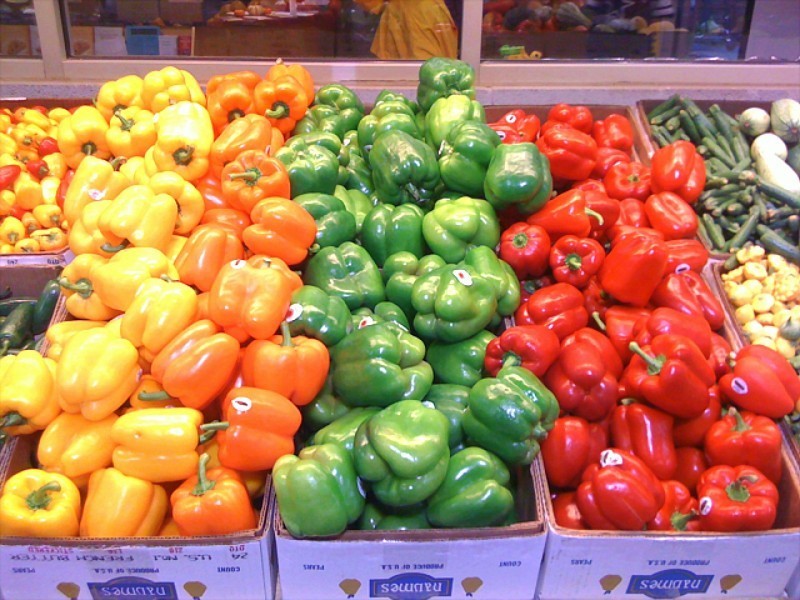
.
[UPDATED 8/27/10 4:19 PM]
Nearly everyone with an iPhone has used the camera to take snapshots — pictures of family, friends and moments to capture and share. Far fewer — but a growing and diverse number — have created art for show, gallery or exhibition. But how many would consider using an iPhone for commercial work? How many of you already have?
The superior camera of the iPhone 4 makes a strong case for using an iPhone for occasional commercial photography. It has a 5 megapixel resolution that is certainly usable for many print purposes. The color and dynamic range are improved enough that a workable photograph can be produced with minimal tweaking. The cover of the September 2010 issue of Macworld was shot with an iPhone 4.
There are a lot of photo apps with great effects. They are easily applied, well-rendered and nearly all of the high-end photo apps save in at least 1600x1200px resolution — most save much higher than that.
Excellent hoto effects from apps like CameraBag, Picture Show, lo-mob, Photo fx and others take very little time to apply on an iPhone. Recreating these photo effects on a desktop in Photoshop would take much, much longer to experiment, recreate and apply. If there’s a need, why not use the iPhone as a production tool?
In my graphic design business, I have used my camera of choice for a few jobs now with great results. I’ve not only used my iPhone for photography, but to use iPhone photo apps to filter existing images.
The image above was for a local guide book. I was laying out the section for local grocery markets and wanted a colorful image of fruits and vegetables to indicate freshness and quality. Rather than dig through stock photography of a generic market, I knew I had this photo in my library. We dropped it in and the client loved it — not even knowing it was taken with an iPhone.
It was taken and processed on an iPhone 2G. While the initial shot was great, I’d pumped up the saturation of the peppers. For my photo, I didn’t necessarily want the color to be completely accurate (it was close, by the way…) but I wanted it to be bright — the same needs we had for this particular guide. It was a perfect fit for placement in this local lifestyle guide. Print size in the publication was small enough to where the 1600x1200px resolution of the image was more than enough. Perfectly Clear was the first app I used to get the original photo workable. I used PhotoForge to push the saturation of the image until I was happy with it.
 For another project, I recently tweaked existing photography on my iPhone 4. For an event at a local nightclub, I was sent the photograph of the model. While a gorgeous photo, I wanted something a little surreal color-wise and a good, lo-fi analog edge.
For another project, I recently tweaked existing photography on my iPhone 4. For an event at a local nightclub, I was sent the photograph of the model. While a gorgeous photo, I wanted something a little surreal color-wise and a good, lo-fi analog edge.
To get the photo on my iPhone, I emailed the full resolution image to my iPhone to work on it. To achieve the effect I wanted, I ran it through the LomoGraphy filter with the Convex Blur frame in Picture Show. This not only gave me the oversaturation of the color that I wanted, but it also pushed the contrast. The filter has perfect analog film edge that I wanted for the piece as well. This process took minutes to experiment and complete.
At the client’s instruction, we backed off on the color saturation just a little bit, which I used Photogene to do. From there, I emailed myself the final, full-resolution image. iOS 4 now gives the option to email full-resolution images.
This wasn’t an exercise of creativity through limitations. In this case, the iPhone actually solved several production problems for me and saved me a lot of time in Photoshop experimenting until I was able to replicate what Picture Show did in minutes, quickly and easily.
With the number , diversity and resolution of iPhone photo apps, I now think of my iPhone as a production tool, able to quickly and easily apply effects to images, or to turn my iPhone images into commercial images for print. While I’m not replacing my DSLR or Photoshop CS any time soon, I wouldn’t hesitate to use my iPhone again in future projects as needed.
Have you used your iPhone for work or commercial purposes? Let us know what you did and how it worked out in the comments below….
=M=
~~~~
UPDATED: You’re right, Charles. It wasn’t lo-mob that produced that image. It was Picture Show that produced this final image. My apologies for the confusion. I’ve updated my post to reflect that.

